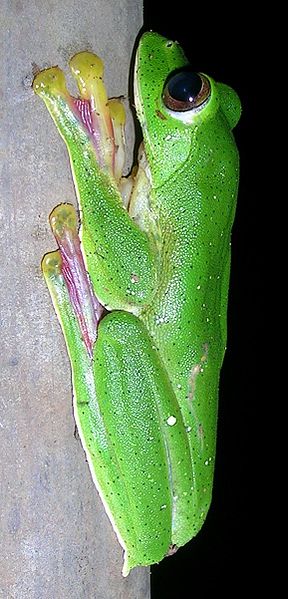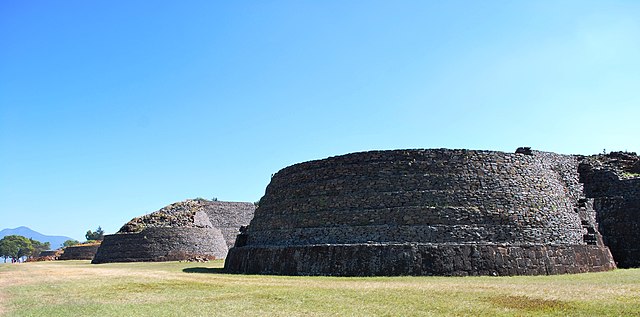We just learned about the Wallace's Flying Frog.
Another type of frog is the Rhacophorus.
This is another type of flying frog that has webbing in between it's toes.

(from: wikipedia - rhacophorus)
These frogs live in the trees, and lay their eggs in a type of spongy foam in the tree.
When the eggs hatch, the tadpoles drop out of the sponge, and drop down to the water below.

(from: wikipedia - rhacophorus arboreus)
Kid Facts - Blast from the past: Timor Python









